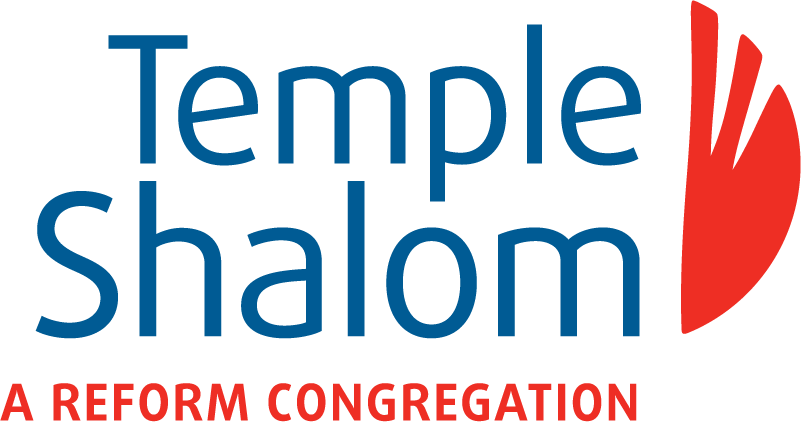Real and Imagined: A Sukkot Balancing Act; Chol HaMo-eid Sukkot, Exodus 33:12–34:26
Thousands of years after the Book of Exodus was written, the poet Mary Oliver asked a question that has since adorned embroidery samplers, stickers, journals, and has animated many worship services: “Tell me, what is it you plan to do/with your one wild and precious life?”
The Torah reading for the Shabbat of Sukkot was certainly chosen for its reference to the holidays in Exodus 34:18-23. But at the end of Exodus 33, Moses makes a request for his wild and precious life, one which offers powerful lessons for Sukkot even today.
As this week’s reading opens, we find ourselves in the aftermath of the Golden Calf. God is incensed, Moses is frustrated, and both seem on the verge of calling the whole thing off. But Moses acts as interlocutor, convincing God to be merciful, forgiving, and to give the Israelites another chance. In so doing, Moses asks for some sort of proof–what is God willing to do to mark this moment, to show that that Moses has earned favor? God says to Moses “I will also do this thing that you have asked; for you have truly gained My favor and I have singled you out by name” (Exodus 33:17). What is “this thing” that Moses requests? When given one wild and precious favor from God-what does Moses ask? The next verse tells us the answer: Moses asks to behold God’s presence (Exodus 33:18).
Moses, it turns out, will not see God’s presence directly; no one can see God’s face and live. But he will experience God’s presence, God’s goodness, and, later in the text, God’s aftermath. Even without seeing God, Moses will know God was there.
This same tension–the corporeal and the metaphysical–appears in what might be the most classic rabbinic debate about Sukkot in the Talmud. Rabbi Akiva and Rabbi Eliezer argue about what these booths (sukkot) are which we are to dwell in during the festival?
Rabbi Akiva says that they are sukkot mamash-real sukkot, just like ones that many Jewish famailies build today. Rabbi Eliezer, on the other hand, claims that this verse refers to the ananei hakavod, the clouds of glory with which God led the people; he believes the booths to be metaphorical rather than literal. Which is it, the rabbis wonder?
The answer? “Yes, and.” We build our sukkot mamash, the physical structures of the holidays–and we head outside to sit in what the Zohar, our mystical tradition, calls “betzila de‐mehemnuta,” the shadow of faith. Sukkot is perhaps like the compromise that God offers Moses; we cannot see God’s face, but we know God is there.
Sukkot is a holiday of vulnerability. We are required to be open to the elements: wind, rain, cold, and heat. We are expected to be uncomfortable-to live without some of our creature comforts. We are enjoined to leave our homes and possessions and to go out to the sukkah, protected only by the wings of the Divine Presence.
Sukkot is a chance to live in the world as it is, with all its brokenness and beauty; its possibilities and pitfalls; and its challenges and creativity. It’s scary, but it’s also a space for growth and incredible potential. It is perhaps in Sukkot-both the holiday and the dwellings–that we can best experience God’s presence and wrestle with what we plan to do with our wild and precious lives.
